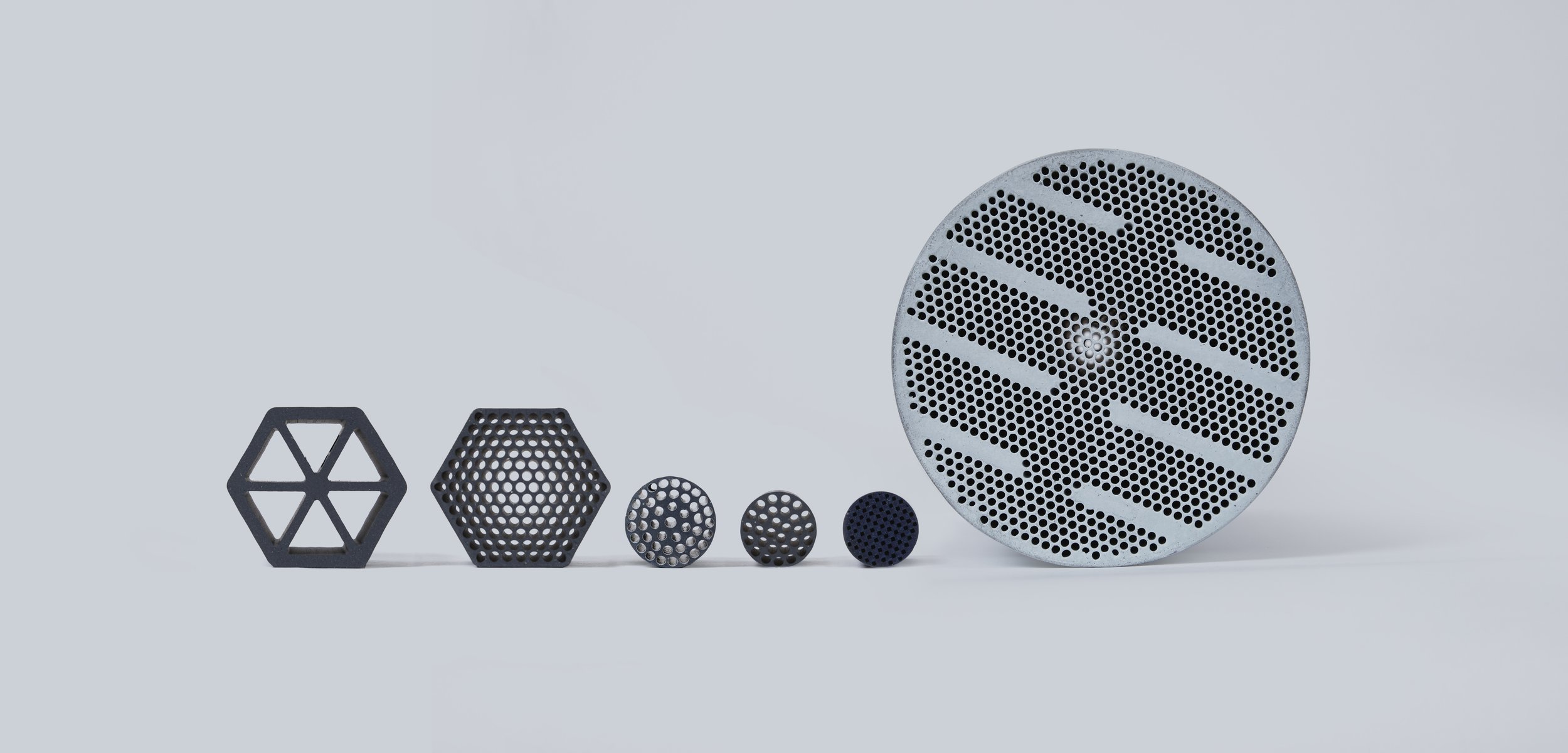
LANDSON ADVANCED CERAMICS
MEMBRANES
OUR MEMBRANES
Membrane is a barrier consisting of pores with any various diameter with selective permeation function, which makes one or several substances of smaller than a particular size in the fluid permeate, while other substances of greater than a particular size not permeable, so as to play the role of concentration, separation and purification of fluid. In simple words, membrane is something that allow wanted things e.g. clean water to pass through but stops unwanted things e.g. bacteria from passing through it.
Membrane can be configured for the most part in 3 ways:1) as long cylinders such as hollow fibres or tubes 2) as sheets which is normally maintained in a flat condition, and 3) as various monolithic designs. Common membrane shapes include tubular, monolith and flat sheet.
The tubular membrane is typically used for crossflow filtration, in which the inlet stream flows tangentially to the surface of the membrane. It is operated as inside-out filtration because the inlet stream is filtered from the inside of the membrane channels and permeate flows outside of the membrane. The tubular membrane is designed specially for the treatment of streams with high suspended solids, high oil content and high organic matter e.g., industrial wastewater applications.
The flat sheet membrane is typically used for dead-end filtration, which is known as cake filtration as the liquid is pushed perpendicularly through the membrane by pressure. The flat sheet membrane is normally designed for submerged outside-in filtration because the inlet stream is filtered from the outside of the membrane permeate flows inside the membrane. The flat sheet membrane is designed for the treatment of streams with low suspended solids e.g., drinking water applications




